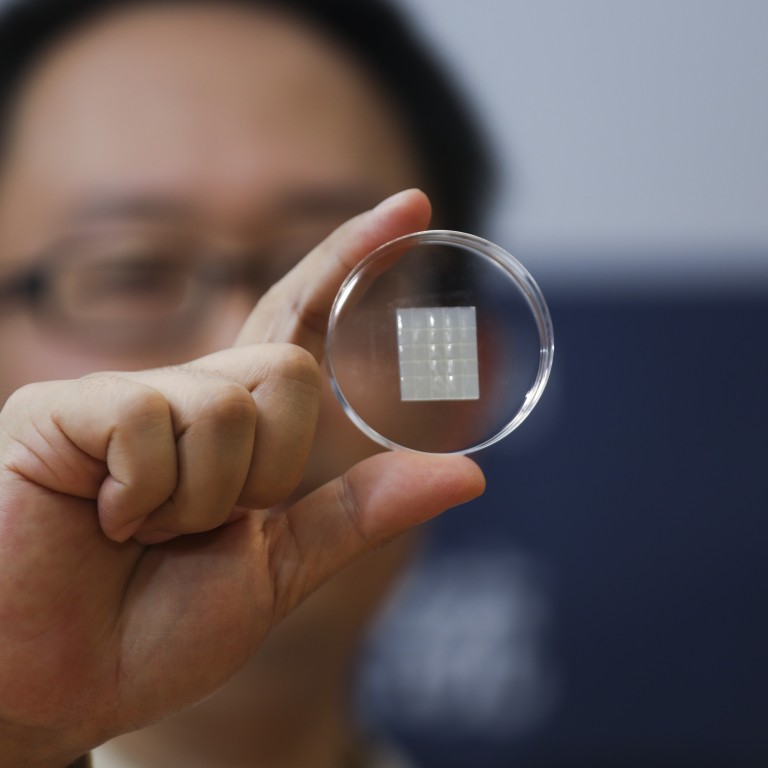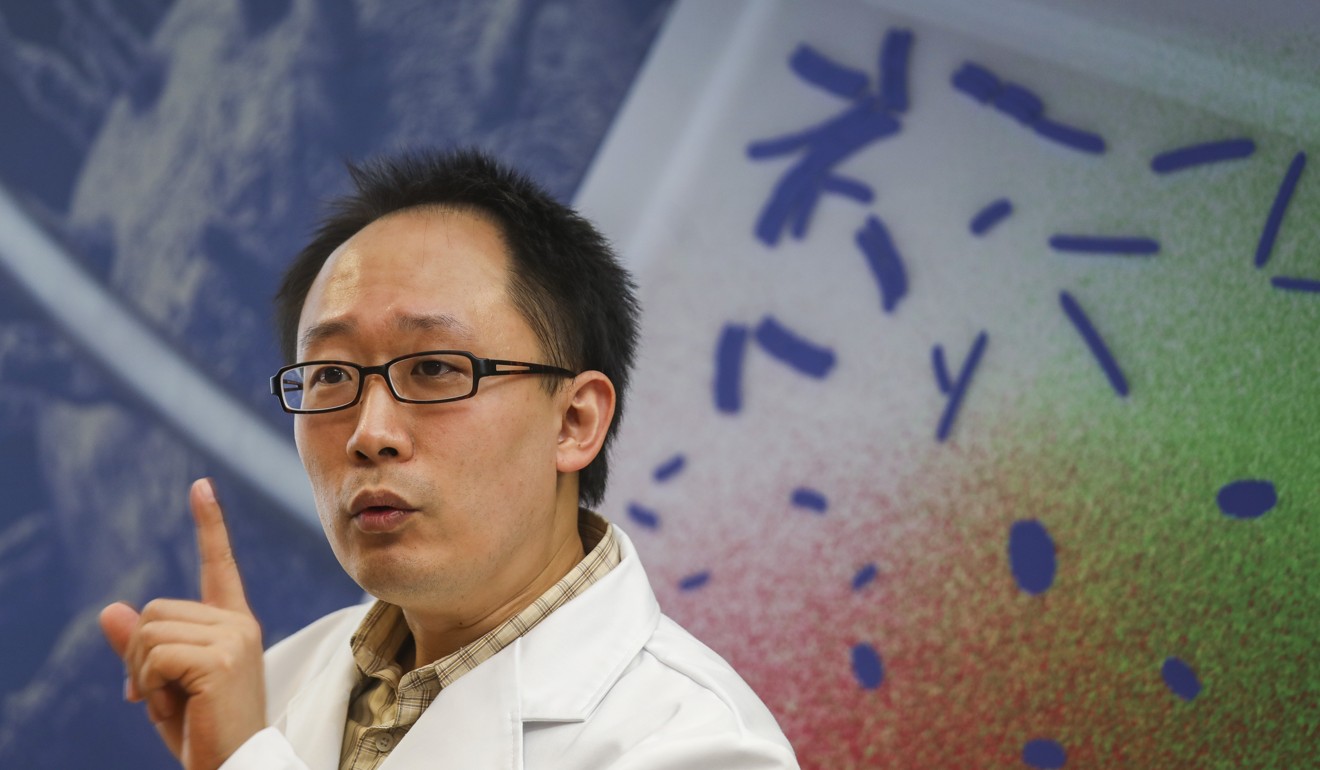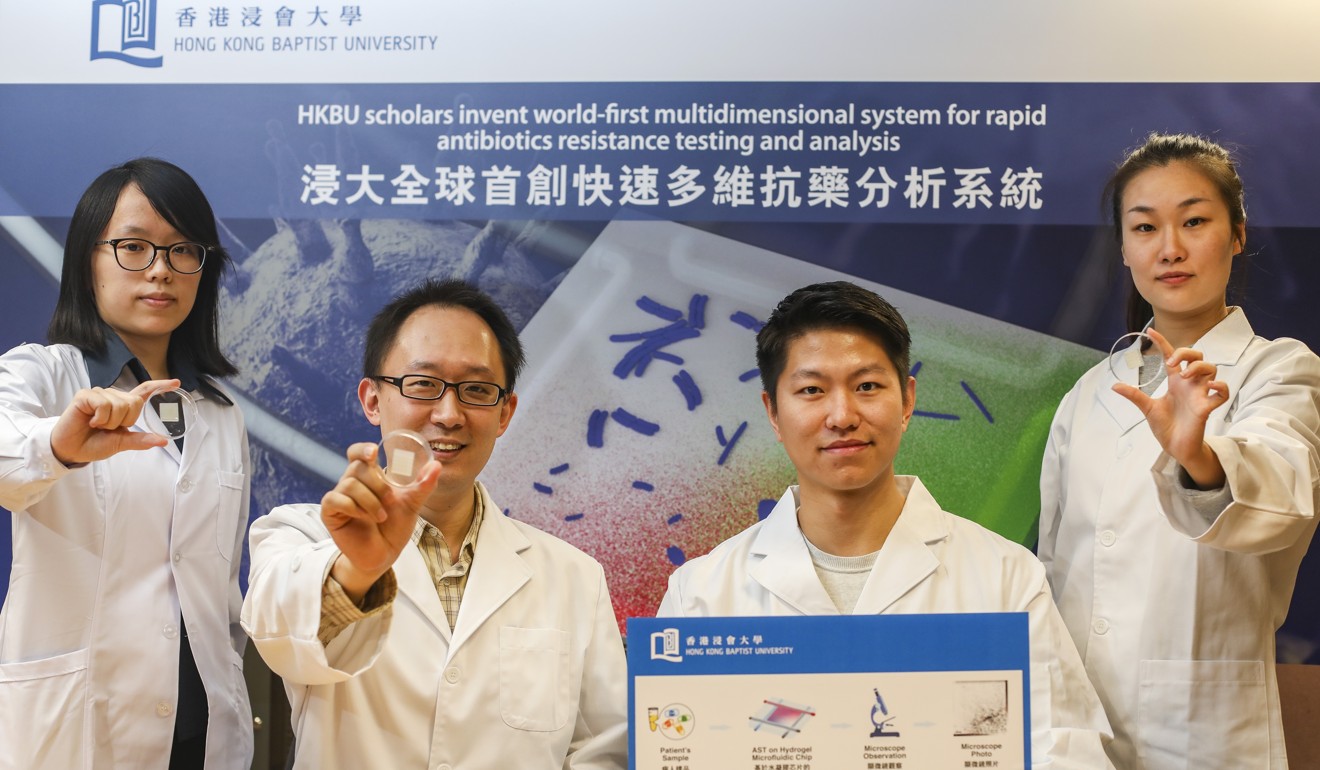
Hong Kong Baptist University researchers invent faster, cheaper and more accurate way to identify antibiotic-resistant bacteria in patients
- Team says method is 10 to 20 times faster than current antimicrobial susceptibility tests, with costs about 50 per cent lower
Researchers at a Hong Kong university have invented a faster, cheaper and more accurate way to identify how resistant bacteria are to antibiotics in individual patients.
The team from Baptist University said its invention was 10 to 20 times faster than the current antimicrobial susceptibility testing methods, with a cost estimated to be about 50 per cent lower.
“Our invention could greatly reduce the problem of abuse or misuse [of antibiotics], and you could have a better estimation on the efficacy of the drugs,” said Dr Ren Kangning, an assistant professor at the university’s department of chemistry, who led the research team.

Antibiotic resistance, a problem described by the World Health Organisation as one of the biggest threats to global health, was accelerated partly due to misuse of the medication. The Organisation for Economic Cooperation and Development estimated that about 700,000 deaths were caused by drugs resistance globally every year.
The new method uses hydrogel, a material found in various products including facial masks and contact lenses. For the test, the hydrogel was made into a chip-like tool, which was also fitted internally with microchannels.
Killer infection at Hong Kong’s doorstep as city fights superbug war
To find out whether a patient was resistant to any antibiotics, a small amount of body fluid such as blood or saliva would be placed on the chip, and drugs used for testing would be inserted into the microchannels and then diffuse within the hydrogel material.
Researchers would be able to tell whether the medication was effective in about four hours by observing the growth of the bacteria. The time required was much shorter than the three to four days needed in current tests.
Ren said the latest method was also more accurate as it could imitate the environment inside a human body, a condition which could not be achieved well with current methods.
“Hydrogel is very similar to the environment for cells inside the body of humans or animals,” Ren said.
“The microchannels in the chip mimic the way drugs kill bacteria in the human body through diffusion.”

He said other substances, such as glucose, could be added to the hydrogel chip to mimic a body. Patients with diabetes might have higher levels of glucose, which could affect the drugs’ effects.
Various drugs could also be tested with the hydrogel chip at the same time, which would simulate the conditions when a patient was given different antibiotics at once.
‘Horrifying’ number of Hongkongers take antibiotics, leading microbiologist says
Ren said they were planning to commercialise the testing tool and hoped it could be made available in five years’ time at the earliest.
Dr Henry Yeung Chiu-fat, president of the Hong Kong Doctors Union, said doctors usually relied on their experience to prescribe antibiotics to patients suspected to have bacterial infection.
He said patients visiting private clinics in general felt reluctant to take a test to see which antibiotics worked well for them, as it could cost a few hundred dollars.

